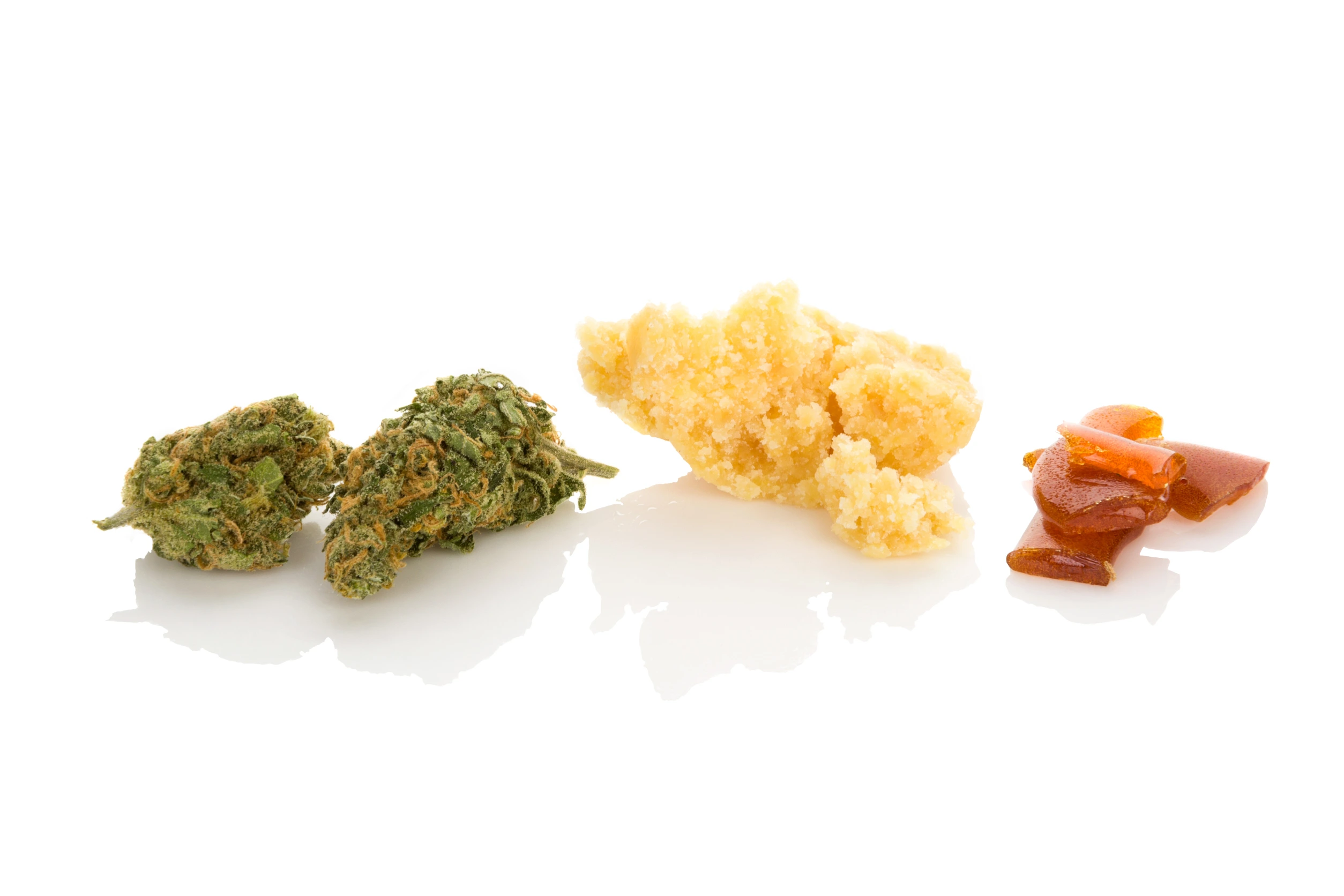Cannabis extraction is the process of separating the desired compounds from the plant material, such as THC, CBD, and other cannabinoids. With the growing popularity of cannabis products, extraction methods have become increasingly sophisticated and varied. Understanding the different methods of cannabis extraction is essential for anyone looking to produce high-quality extracts or seeking to understand the products they consume.
From solvent-based extraction to CO2 extraction, there are a variety of methods available, each with its own advantages and disadvantages. In this blog post, we will explore the different methods of cannabis extraction and provide an overview of their benefits and drawbacks.
Solvent-based Extraction: Advantages and Disadvantages
Solvent-based extraction is one of the most common methods of cannabis extraction. This process involves using a solvent such as ethanol or butane to extract the compounds from the plant material. The solvent dissolves the cannabinoids and other beneficial compounds, which are then separated from the plant material through evaporation. The resulting extract can be used in a variety of cannabis products, such as oils, tinctures, and concentrates.
One of the advantages of solvent-based extraction is that it can produce a high yield of cannabinoids. This makes it a popular choice for commercial cannabis producers. Additionally, solvents like ethanol and butane are relatively inexpensive, which can make this method cost-effective for larger-scale operations.
However, solvent-based extraction does have some drawbacks. One of the most significant risks associated with this method is the potential for explosions or fires. Because solvents like butane are highly flammable, handling them requires careful attention to safety procedures. In addition, solvent-based extraction can also result in residual solvents in the final product, which can be harmful if consumed in large quantities. For this reason, it’s important to carefully monitor the extraction process and test the final product for residual solvents.
CO2 Extraction: A Comprehensive Guide
CO2 extraction is a popular method of cannabis extraction that uses supercritical CO2 (carbon dioxide) to extract the compounds from the plant material. Supercritical CO2 is a fluid state where it has both gas and liquid properties, allowing it to act as a solvent to dissolve the desired compounds.
This method of extraction is considered safe, efficient, and produces high-quality extracts. One of the main advantages of CO2 extraction is its ability to produce a clean and pure extract. This is because CO2 is non-toxic, non-flammable, and doesn’t leave any residue behind. Additionally, because CO2 is a natural part of the atmosphere, it’s considered an eco-friendly method of extraction.
However, CO2 extraction is also one of the most expensive methods of cannabis extraction. It requires specialized equipment and a skilled operator to ensure that the extraction is performed correctly. This can make it cost-prohibitive for small-scale operations or those with limited resources.
Despite the high cost, CO2 extraction remains a popular choice for those seeking high-quality cannabis extracts. Its ability to produce clean, pure, and potent extracts makes it a valuable method for those in the cannabis industry.
Water-based Extraction: Eco-Friendly and Safe
Water-based extraction is a method of cannabis extraction that uses water to separate the compounds from the plant material. This method is considered safe and eco-friendly, as it doesn’t require the use of any solvents or chemicals that could be harmful to the environment or the consumer.
One of the advantages of water-based extraction is that it can produce high-quality extracts. The resulting extracts are free from any residual solvents or chemicals, and can be used in a variety of cannabis products such as oils, tinctures, and edibles. Additionally, water-based extraction can be a cost-effective method for small-scale operations, as it doesn’t require the specialized equipment needed for other methods like CO2 extraction.
However, water-based extraction also has some drawbacks. One of the main challenges of this method is that it’s not as efficient as other methods. This can result in lower yields of cannabinoids and other beneficial compounds. Additionally, because water-based extraction involves heating and cooling the water, it can potentially degrade some of the more delicate compounds in the plant material, resulting in a less potent final product.
Despite these challenges, water-based extraction remains a popular choice for those seeking a safe and eco-friendly method of cannabis extraction. With careful attention to the extraction process and proper testing, high-quality extracts can be produced using this method.
The Bottom Line
So, whether you’re a cannabis producer looking to make high-quality extracts or a consumer seeking to understand the products you’re using, it’s important to be aware of the various methods of cannabis extraction. From solvent-based to CO2 to water-based extraction, each method has its own advantages and disadvantages that should be considered before making a choice. Solvent-based extraction can produce high yields but needs to be handled with caution due to its flammable nature. CO2 extraction is a popular choice for those seeking a clean and pure extract, but it can be costly. Water-based extraction is an eco-friendly and safe option but may not produce as high of a yield. Regardless of the method chosen, safety should be a top priority. With the right method and a keen attention to detail, high-quality cannabis extracts can be produced that are safe, effective, and beneficial for consumers.




